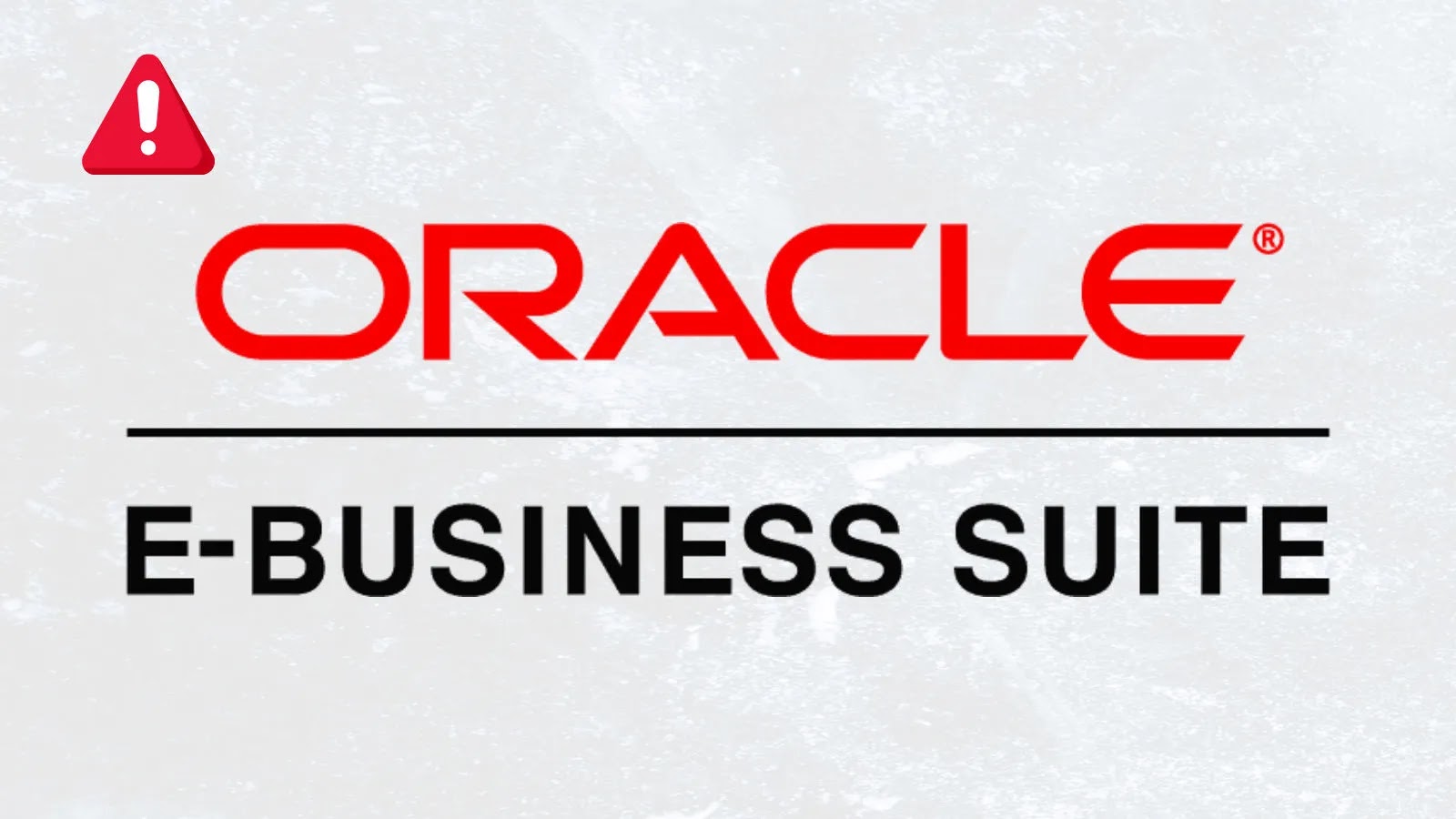Oracle has recently identified two critical security flaws within its E-Business Suite’s Marketing module, designated as CVE-2025-53072 and CVE-2025-62481. These vulnerabilities, each assigned a Common Vulnerability Scoring System (CVSS) score of 9.8, represent some of the most severe threats disclosed this year. They specifically affect the Marketing Administration component of the suite, necessitating immediate attention from organizations utilizing this platform for customer relationship management and marketing automation.
Understanding the Vulnerabilities
The identified flaws originate from improper handling of HTTP requests within the Marketing Administration component. Exploitation of these vulnerabilities requires no authentication, special privileges, or user interaction—only network access is necessary. Once exploited, attackers can gain full control over the Oracle Marketing module, compromising the confidentiality, integrity, and availability of the system. Potential consequences include unauthorized access to sensitive customer data, manipulation of marketing campaigns, and complete operational disruptions.
Technical Details
Both vulnerabilities impact Oracle Marketing versions 12.2.3 through 12.2.14. The CVSS 3.1 vector for each is as follows:
– Attack Vector: Network
– Attack Complexity: Low
– Privileges Required: None
– User Interaction: None
– Scope: Unchanged
– Confidentiality Impact: High
– Integrity Impact: High
– Availability Impact: High
This vector indicates that the vulnerabilities are easily exploitable over a network without any prerequisites, leading to significant impacts across all security dimensions. The identical scoring and vectors suggest related coding errors, possibly in input validation or session handling. However, Oracle has not released specific technical details to prevent aiding potential attackers.
Implications for Organizations
In the current cybersecurity landscape, where ransomware groups and nation-state actors actively seek exploitable entry points, vulnerabilities in widely used Enterprise Resource Planning (ERP) systems like Oracle E-Business Suite are particularly concerning. Organizations in sectors such as retail, finance, and e-commerce, which rely heavily on Oracle’s suite for core marketing functions, are at heightened risk. Exploitation of these vulnerabilities could lead to the exposure of vast amounts of customer data, resulting in regulatory penalties under frameworks like the General Data Protection Regulation (GDPR) or the California Consumer Privacy Act (CCPA).
Recommended Mitigation Strategies
Oracle has issued a Critical Patch Update for October 2025, available through My Oracle Support, to address these vulnerabilities. Organizations are strongly urged to apply these patches immediately to secure their systems. In addition to patching, the following measures are recommended:
– Network Segmentation: Isolate the Marketing Administration component from external networks to limit potential attack vectors.
– Web Application Firewalls (WAFs): Deploy WAFs configured to detect and block anomalous HTTP requests targeting the Marketing Administration component.
– Monitoring and Logging: Implement comprehensive monitoring to detect unusual traffic patterns or unauthorized access attempts related to the Marketing Administration component.
Cybersecurity firms have cautioned that exploit code for these vulnerabilities may soon appear on dark web forums, given the high incentive for attackers. Therefore, prompt action is essential to mitigate potential threats.
Conclusion
The disclosure of CVE-2025-53072 and CVE-2025-62481 underscores the critical importance of proactive vulnerability management, especially in legacy systems. While there is currently no evidence of active exploitation, the window for implementing defensive measures is rapidly closing. Organizations must prioritize patching and adopt robust security practices to protect their systems and sensitive data from potential attacks.



